The Palaces Of The British Royal Family
This year has been an interesting one for us all – with so much of what we took for granted before in question and so much uncertainty prevailing across the globe, it seems that no one is safe from its seismic shifts. The British Royal Family is no exception. With scandals, shake ups and intrigue plaguing the gilded halls of Buckingham Palace – the family has been making controversial headlines all year.
In the latest of a long string of tabloid-fueling transgressions, the recent release of Finding Freedom (a much hullabalooed tell-all book about Meghan Markle and Prince Harry’s departure from their royal duties) shocked Royals and pundits alike. With the Queen age advancing steadily (the much loved monarch is already 94 years of age and has accomplished a staggering 69 years of uninterrupted reign) questions about whether the House of Windsor will survive for much longer have begun to surface.
Critics claim that the Royal institution is now more outmoded than ever and that the UK should, in fact, scale down the influence of the royal family and move towards a more openly republican mode of government. Nevertheless, the Royals have had these criticisms for centuries and their permanence is without equal – surviving world wars, revolutions, deaths and calls for modernity with poise and equanimity; one would hope that they could also survive 2020.
Perhaps there is no better indicator of their permanence than the physical manifestation of their reign – the Royal Residences and Palaces. These hallowed buildings are steeped in history and entice an endless fascination (if the world’s collective binge-watching of Netflix’s The Crown is any indication). We explore some of the Royal houses and their stories:
Buckingham Palace
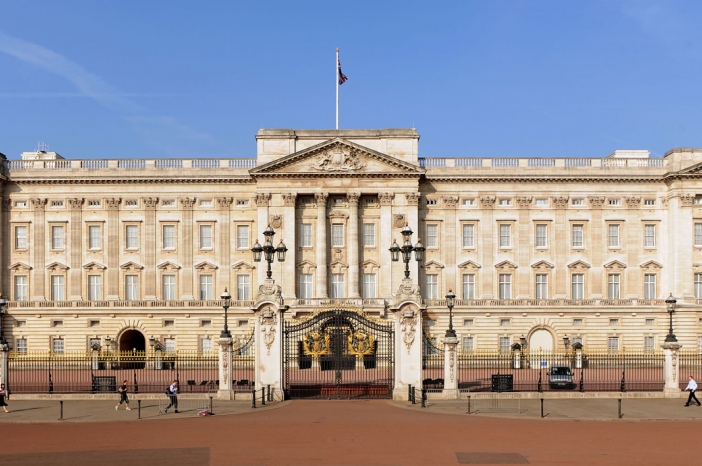
In 1761, Buckingham House (as it was first known) was purchased from the Duke of Buckingham by George III as a gift for his wife, Queen Charlotte. Intended as a townhouse for the family to use and escape from court functions, the house was expanded and aggrandized to a Palace in 1837.
George III’s heir, George IV, added triumphal arches (commemorating the battles won at Trafalgar and Waterloo) to the exterior as well as a new wing and gardens but it was only when Queen Victoria began her reign that a sovereign took up residence.
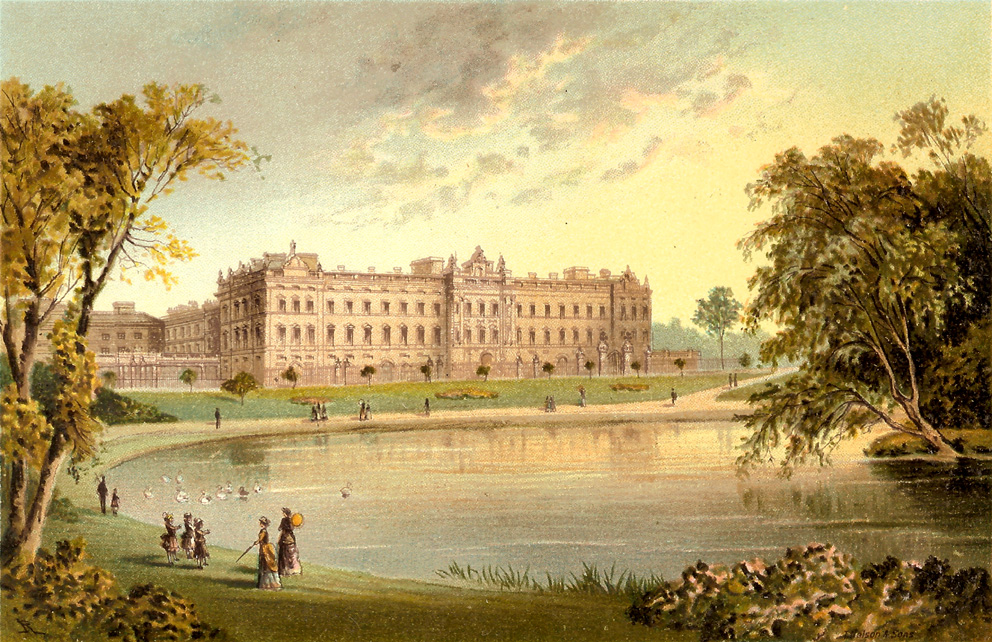
The palace currently has 775 rooms, including 19 state rooms, 52 royal and guest bedrooms, 92 offices and 78 bathrooms. As the official London residence for the monarchy it hosts Queen Elizabeth II, her family and her weekly audiences with the Prime Minister throughout the year – with the exception of the summer when she is not in residence and visitors are able to visit the State Rooms.
The Palace also features a balcony that is recognised the world over and joins a long list of many state rooms and works of art as a jewel to the crown. First popularised when Queen Victoria made an appearance during celebrations for the opening of the Great Exhibition in 1851, the balcony is now at the centre of a Royal tradition of waving to the public on celebrations and monumental occasions.
Windsor Castle
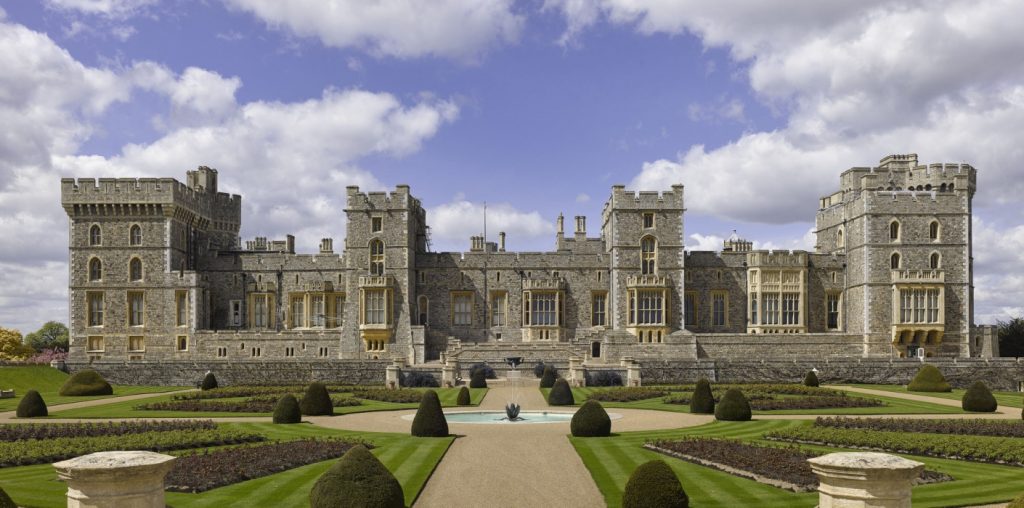
The official countryside residence of the Royals, Windsor Castle has been a fortress for over 900 years, and is the largest occupied castle in the world. The Castle’s history is rich and carved with the defining moments of Britain’s storied past. Ten British monarchs lie buried in its chapel, including Henry VIII, Charles I, and George VI, and the family even adopted its name as their own surname (the Royal family’s original surname was Saxe-Coburg and Gotha but was changed by George V after anti-German sentiments ran high after a German bomber by the name Gotha hit London during WWI).
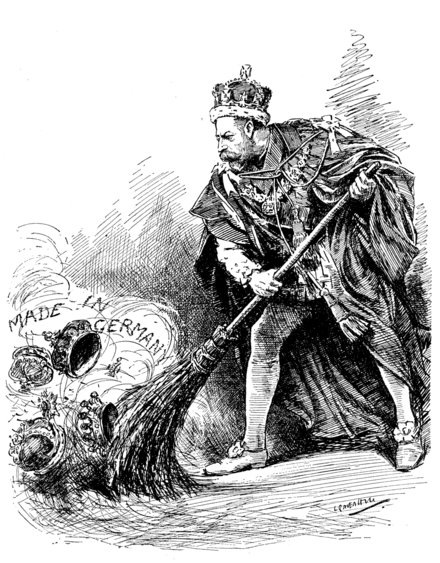
Now, therefore, We, out of Our Royal Will and Authority, do hereby declare and announce that as from the date of this Our Royal Proclamation Our House and Family shall be styled and known as the House and Family of Windsor, and that all the descendants in the male line of Our said Grandmother Queen Victoria who are subjects of these Realms, other than female descendants who may marry or may have married, shall bear the said Name of Windsor….
The royal proclamation issued by George V on 17 July 1917
William the Conqueror first built the castle after his victory at the Battle of Hastings, choosing the site as it could guard potential western advances to the capital. Some of its structures, such as the outer walls and the central mount, have remained in the same position since the original foundation was built in the 1070s. During the 1360s, Edward III extended the castle, adding St. George’s Hall that served the knights of his newly established Order of the Garter.
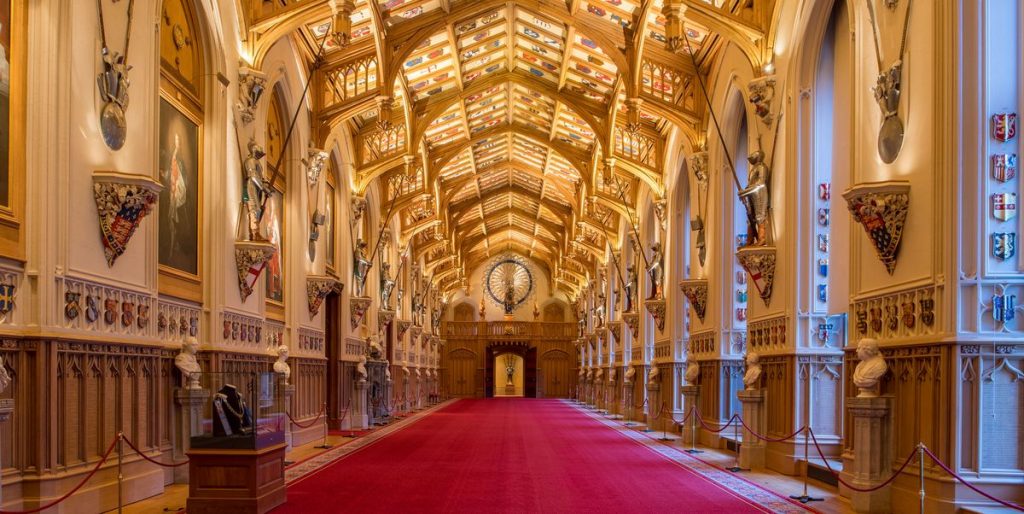
Later – George IV applied his own vision to the Castle, undertaking further renovations, this time refashioning the buildings in the Gothic style. The Waterloo Chamber was also added during his reign for the purpose of commemorating the victory at the famous battle; portraits represent the monarchs, soldiers and statesmen who took part in the triumphs of Waterloo.
Queen Victoria and Prince Albert both adored the castle, spending most of their time within its walls. The State Apartments during her reign were first opened to the public in 1845, to much acclaim. Albert died of typhoid fever there in 1861 and was later buried in a magnificent mausoleum that the Queen had built at nearby Frogmore (although she reportedly found it “quite disgusting” that there were so many frogs here).
During the Second World War, both Princesses Elizabeth (the future QEII) and Margaret stayed here whilst their parents led the war effort throughout the country – cementing their further and current outspoken love for the building (the Queen usually stays here for a month from March to April during Easter).
Palace of Holyrood House
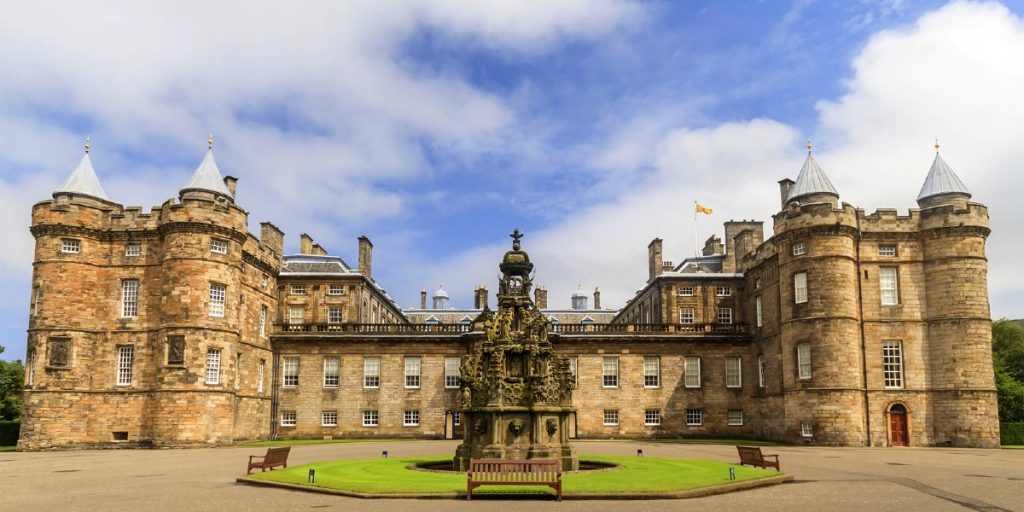
Located in Edinburgh, the official Scottish home of the monarchy was founded in 1128. Originally an Augustinian monastery, many kings actually preferred to live within it and its vast grounds, rather than spend their time in the bleak medieval Edinburgh Castle.
In 1501, James IV sought to improve the House, clearing the grounds to make way for a palace for himself and his bride; Margaret Tudor (a sister of Henry VIII) – sadly only a fragment of the gatehouse from that time survives today.
Later, Mary Queen of Scots lived here in confinement for most of her life, marrying both of her husbands there and experiencing the tragic murder of her private secretary in her private apartments.
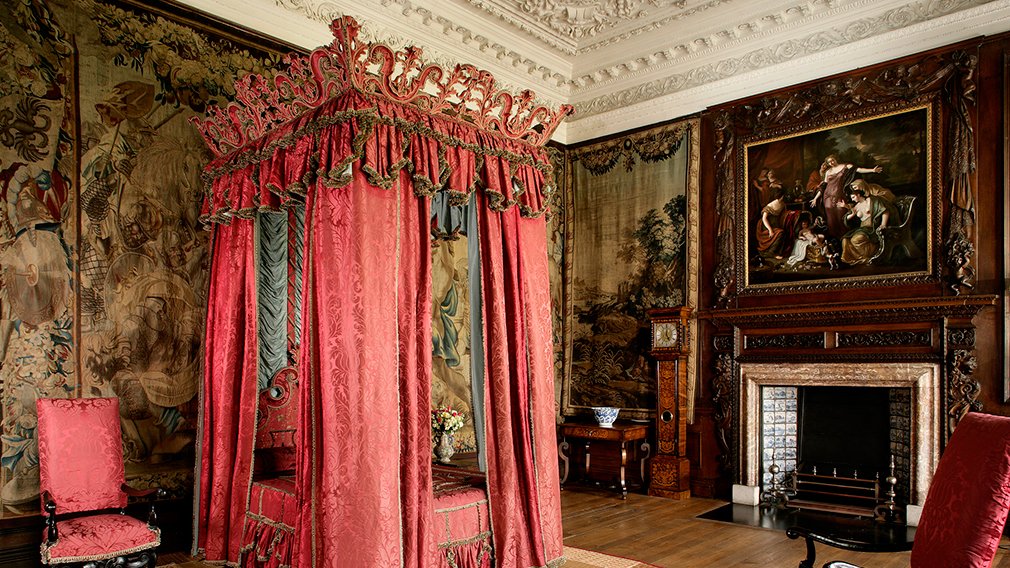
Charles II was crowned at Holyrood in 1651, but chose never to return, even though he initiated a large renovation twenty years later, transforming the palace and adding a tower to form a symmetrical façade, along with new royal apartments.
By the time of George V and Queen Mary’s reigns, Holyrood House was brought into the 20th century, with the installation of modern bathrooms, electricity and lifts. Their Royal Majesties actually held the first garden party on the grounds to carry out “Holyrood Week”, a series of engagements that celebrated everything Scottish. The tradition has been continued ever since and during it the Queen takes up residence there to carry out the celebrations from the end of June to the beginning of July.
Balmoral Castle
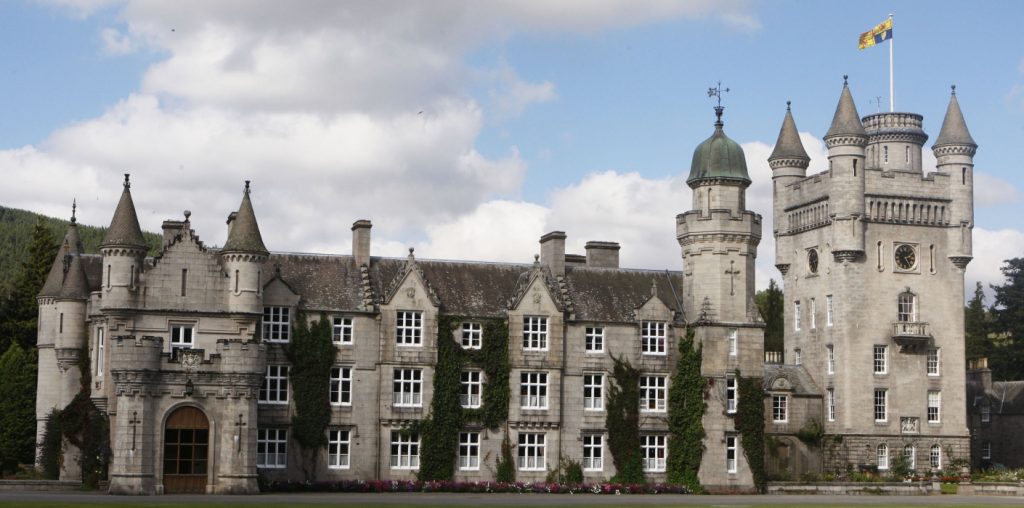
Privately owned by the Queen and her family, this Aberdeenshire baronial mansion is said to be the monarch’s favourite. Renowned for the peace and quiet, it provides an otherwise hectic Royal schedule – it has provided much needed respite since the 19th century.
Built in the 15th century, the building started out as a square tower with battlements and a thick stone wall surrounding a small square and was later amended in 1746 to add a house. When Sir Robert Gordon obtained the lease in 1830, he demolished most of what had been constructed, and rebuilt it as a small castle in the Scottish Baronial style.
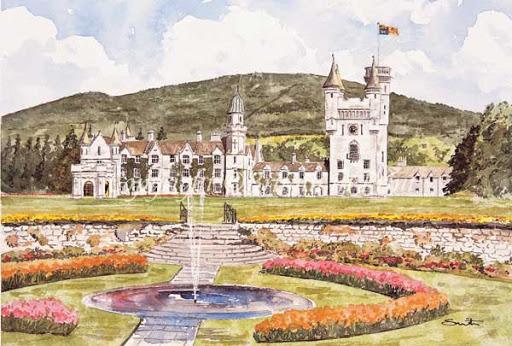
Balmoral Castle came into royal hands after Queen Victoria and Prince Albert’s visit to the highlands in 1847. According to Queen Victoria’s diary, their trip was thwarted by “pouring rain” and upon the suggestion that the climate where the mansion was situated would be more suitable, they visited the house – eventually buying the estate five years later in 1852.
Victoria laid the first stone that would be a part of the foundation of the new castle on 28 September 1853. Prince Albert took a great interest in the design and construction, maintaining the original Scottish Baronial style, and adding royal apartments and blocks, completing the project in 1856. The building became a beloved part of the family’s portfolio of properties and Victoria spent a great many weeks there, eventually dying at Balmoral in 1901.
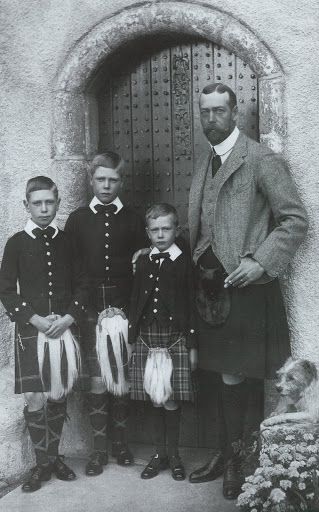
Her heir, King George V also enjoyed the place, its people, and the tranquillity of the area. His wife, Queen Mary, took a great interest in the gardens, creating the flower garden that would later be accompanied by a vegetable garden under The Duke of Edinburgh.
King George VI and his wife, Queen Elizabeth I spent a great deal of time there with their children, including the future Queen Elizabeth II. QEII and her husband, Prince Philip take a very active role in managing the estate, spending summers there every year.
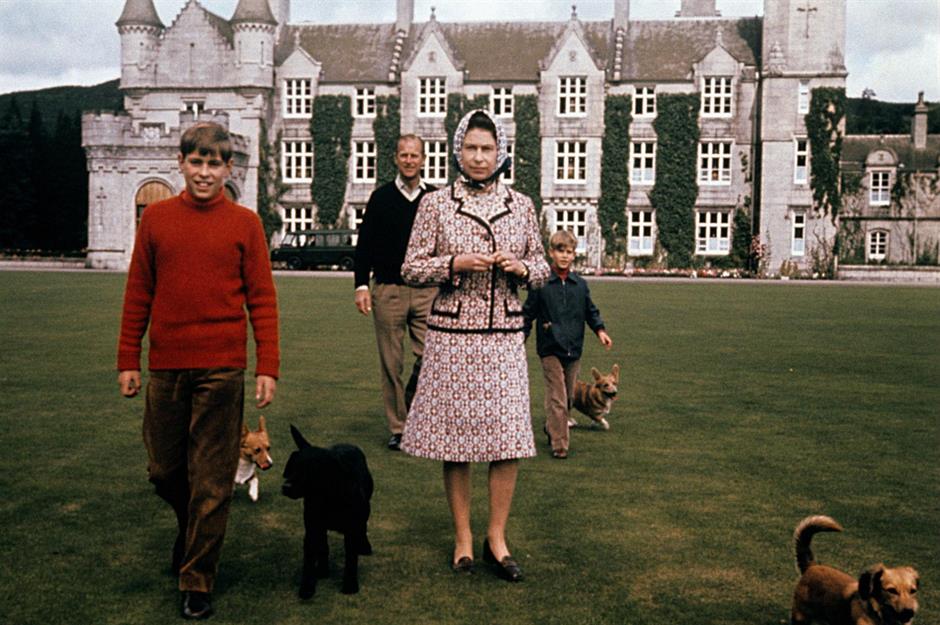
Sandringham House
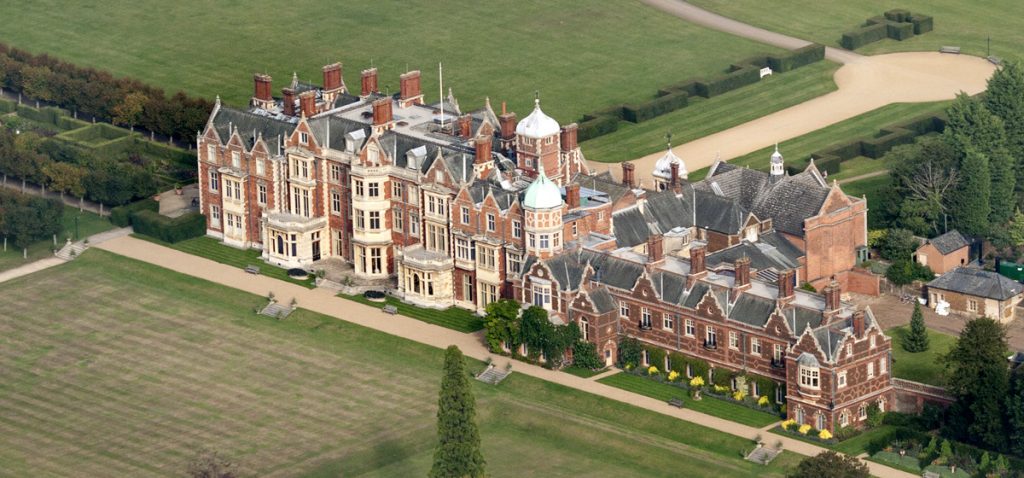
Since Elizabethan times, this Norfolk mansion has been occupied, overseeing many major historical events – the death of George V and George VI, as well as the addition of its own time zone.
The manor-turned-palace was once home of the Hoste Henleys, a family of Dutch refugee descendants. However, throughout the century it passed through many hands before finally being bought in 1862 by Edward VII, Prince of Wales, as a country home for him and his fiancée, Princess Alexandra of Denmark.
Sandringham’s estate is vast, composed of 20,000 acres of woodlands, and even its own time zone (attributed to the house by the King, in order to increase the amount of daylight during the shooting season). On Sandringham Time, all clocks on this vast estate were set half an hour early, and was done so until 1936.
Sandringham was George V’s favourite home due to its incredible grounds and rural location (his penchant for country pursuits was much criticised by those that felt he should be spending his time governing in London). It was out of Sandringham that George V famously conducted the first Christmas broadcast in 1932, a tradition his daughter QEII maintains to this day.
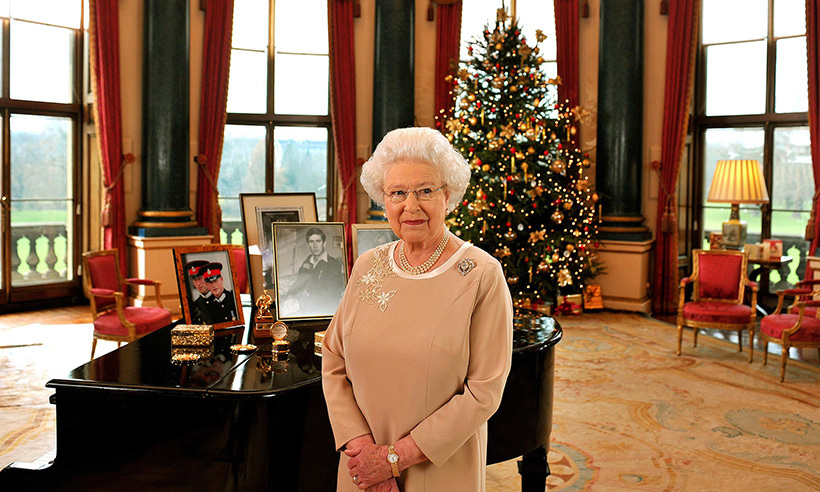
Kensington Palace
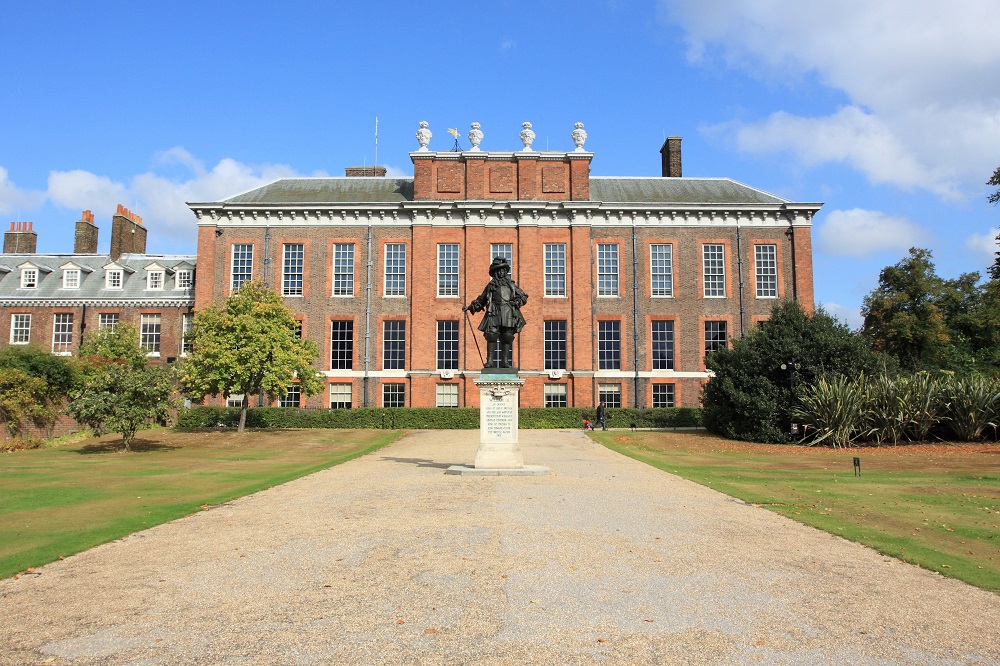
Favourited by many sovereigns until 1760, this palace is well-known for being the birthplace and childhood residence of Queen Victoria. Nottingham House, as it was first called, was first bought by William III in 1689. Sold by his Secretary of State, he had the two-story Jacobean mansion extended and improved.
Queen Victoria had lived there for 18 years until she received word of her accession in 1837, when she immediately moved out and chose to reside in Buckingham Palace.
During the First World War, Prince Philip stayed with his grandmother, Princess Victoria, again living there before his marriage to then-Princess Elizabeth in 1947. Between then, the area had been severely hit during the Blitz of 1940, damaging the other surrounding buildings, including the State Apartments.
Many members of the current royal family reside at this palace, some of which include Prince William and Kate Middleton, along with Princess Eugenie and Jack Brooksbank, her husband.
Clarence House
Built between 1825 and 1827, Clarence House was built for King William IV, before ascending to the throne. It was said he preferred it to St. James’ Palace, as he found the ancient Tudor residences old fashioned and cramped.
Although it is currently the official residence of The Prince of Wales and the Duchess of Cornwall, the building has had many occupiers; it was the original home of the School of Oriental and African Studies (until all London universities were evacuated in 1939) and also the headquarters for the Red Cross. Like Kensington Palace, the building suffered from extensive damage during the Blitz of WWII.
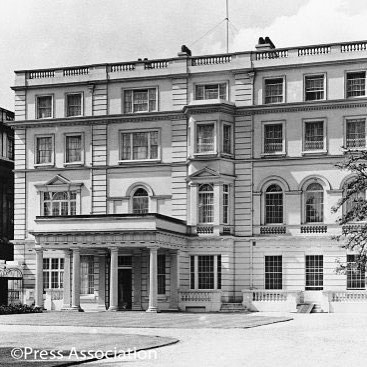
Interestingly, Princess Elizabeth and Prince Philip resided there as newlyweds, and Princess Anne was born there.
St. James’ Palace
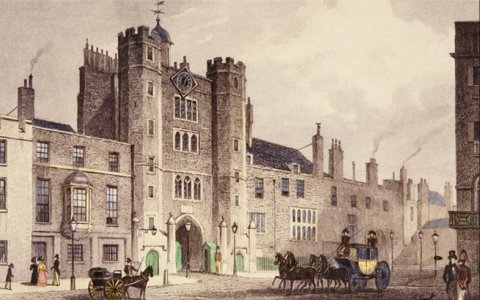
This Tudor palace is not only important for housing kings and queens for over three centuries until William IV, but it also serves a crucial ceremonial tradition: it is there that the Accession Council will meet following the death of a monarch, before proclaiming the accession of a new sovereign in the Proclamation Gallery.
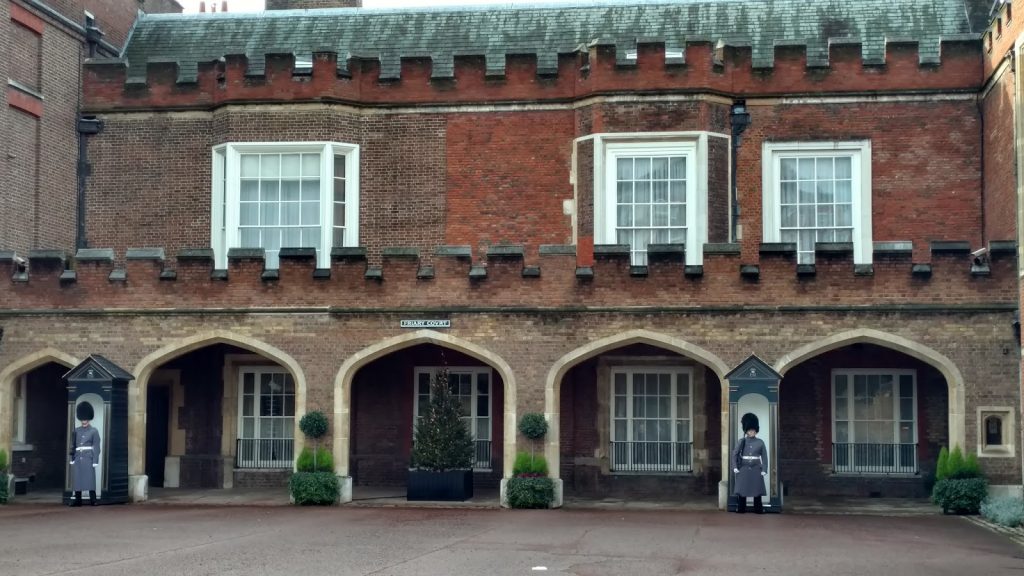
Built in 1531 under Henry VIII, much of the original red-brick palace still survives today; the Chapel Royal (where Queen Victoria and Prince Albert married); the gatehouse; some turrets; and two surviving Tudor rooms.
During the 16th century, it observed some major historical events; in 1558, Mary I surrendered Calais and it was here that Elizabeth I informed of the possibly deadly invasion of the Spanish Armada.
For the current Royal Family, it served as the location for Prince George’s christening, and as the home of Princesses Anne, Beatrice, and Alexandra.


